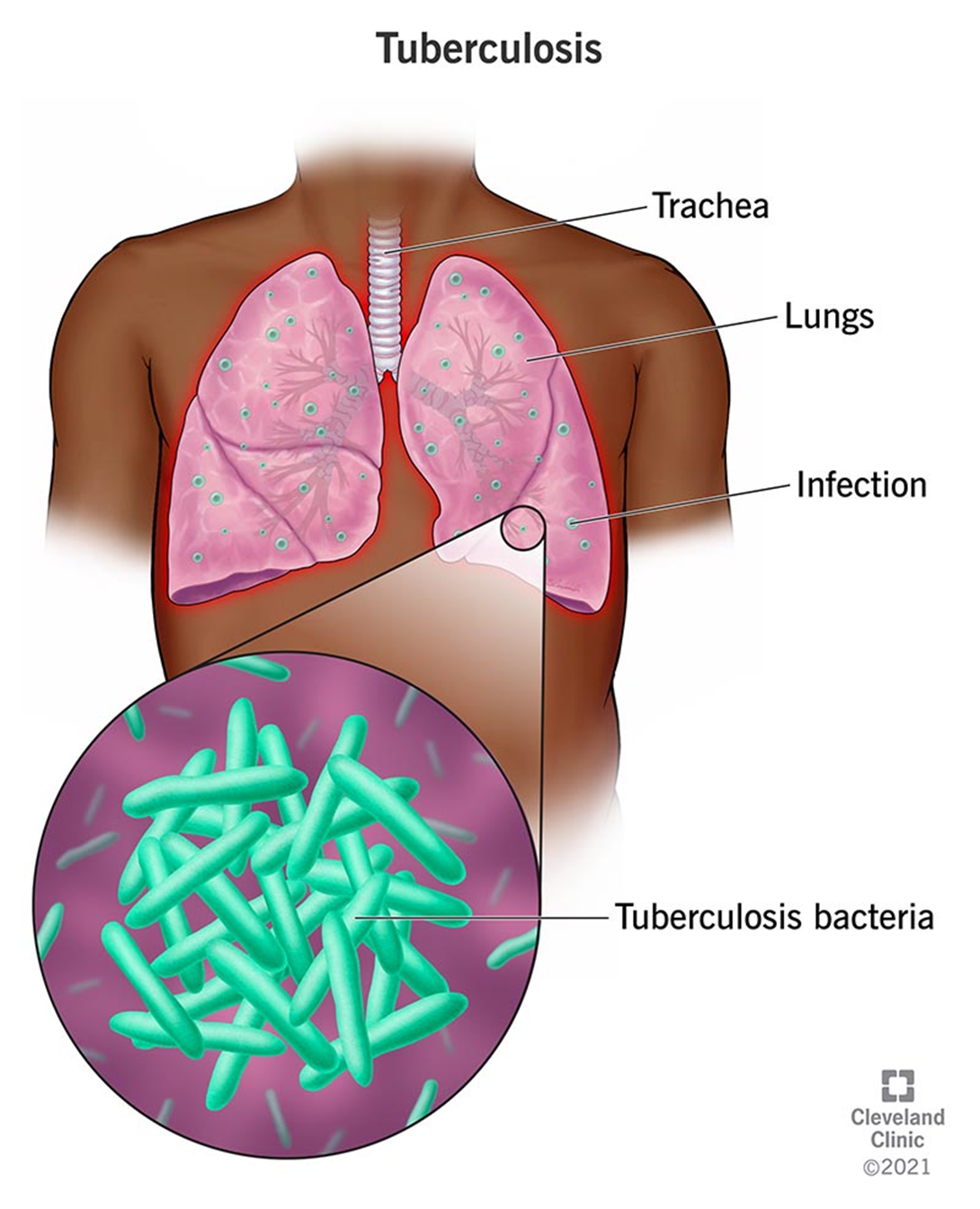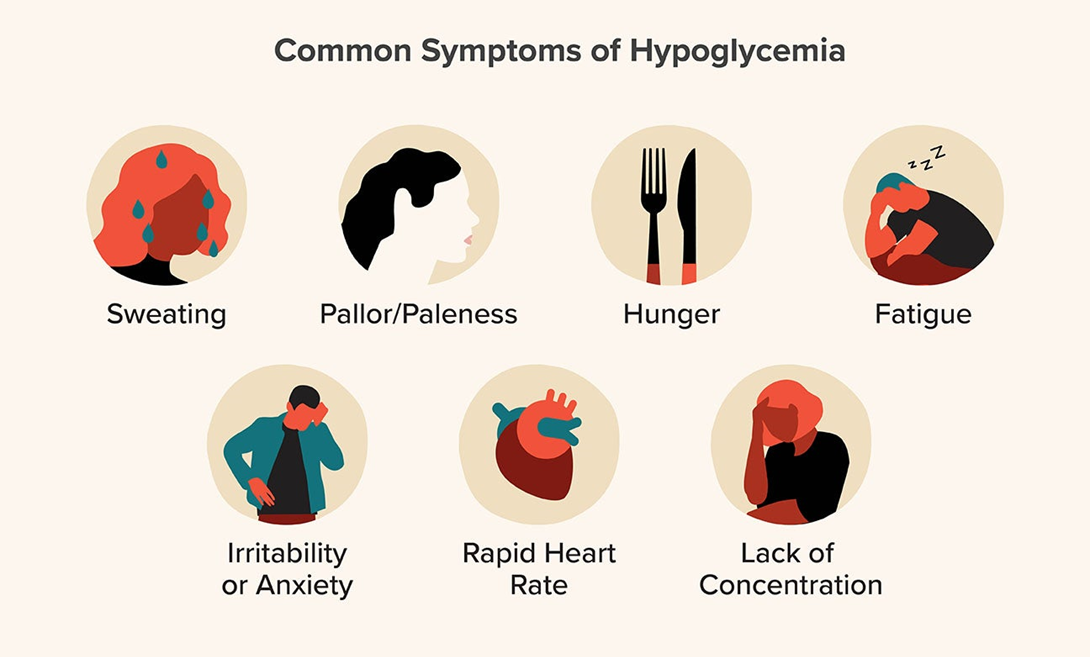A 35-year-old client who has a diagnosis of tuberculosis informs the provider's office that she is unable to pay for the treatment. Which of the following actions by the nurse will facilitate obtaining appropriate treatment?
Help the client apply for Medicare
Explore options for alternative therapies
Arrange for medication through local agencies
Send the client to the nearest facility for further evaluation
The Correct Answer is C
Choice A reason: Helping the client apply for Medicare is not the best action by the nurse, as Medicare is a federal health insurance program for people who are 65 or older, disabled, or have end-stage renal disease. The client does not meet any of these criteria and may not be eligible for Medicare.
Choice B reason: Exploring options for alternative therapies is not the best action by the nurse, as alternative therapies may not be effective or safe for treating tuberculosis. Tuberculosis is a serious bacterial infection that requires specific antibiotics to cure. Alternative therapies may also interfere with the prescribed medication or cause adverse effects.
Choice C reason: Arranging for medication through local agencies is the best action by the nurse, as it ensures that the client receives the appropriate treatment for tuberculosis. Local agencies may have programs or resources that can help the client access free or low-cost medication. The nurse should also educate the client about the importance of adhering to the medication regimen and completing the course of treatment.

Choice D reason: Sending the client to the nearest facility for further evaluation is not the best action by the nurse, as it may delay the initiation of treatment and increase the risk of transmission of tuberculosis to others. The client already has a diagnosis of tuberculosis and needs to start the treatment as soon as possible. The nurse should also advise the client to wear a mask and avoid close contact with others until the infection is no longer contagious.
Nursing Test Bank
Naxlex Comprehensive Predictor Exams
Related Questions
Correct Answer is D
Explanation
Choice A reason: Oliguria is not a condition that a nurse should expect in a client who has hypoglycemia. Oliguria is a reduced urine output, typically defined as less than 0.5 ml/kg/hour in an adult³. Oliguria can be a sign of dehydration, kidney failure, or urinary obstruction, but it is not related to low blood sugar levels.
Choice B reason: Diplopia is not a condition that a nurse should expect in a client who has hypoglycemia. Diplopia is a double vision, or seeing two images of a single object. Diplopia can be caused by various eye problems, such as strabismus, cataracts, or nerve damage, but it is not a common symptom of low blood sugar levels.
Choice C reason: Hypoglycemia is not a condition that a nurse should expect in a client who has hypoglycemia. Hypoglycemia is the condition itself, not a symptom. Hypoglycemia is a low blood sugar level, usually below 70 mg/dl. Hypoglycemia can result from taking too much insulin or other diabetes medications, skipping or delaying meals, exercising more than usual, or drinking alcohol.
Choice D reason: Dizziness is a condition that a nurse should expect in a client who has hypoglycemia. Dizziness is a feeling of lightheadedness, faintness, or unsteadiness. Dizziness can occur when the brain does not receive enough glucose, which is its main energy source. Dizziness can also be accompanied by other symptoms of hypoglycemia, such as confusion, hunger, sweating, shakiness, or weakness.

Correct Answer is C
Explanation
Choice A reason: One dose of the immunization does not give children lifelong protection from hepatitis B. The immunization requires a series of three or four doses, depending on the vaccine type, to provide long-term immunity. The first dose is usually given at birth, followed by the second dose at 1 to 2 months of age, and the third dose at 6 to 18 months of age. Some children may need a fourth dose at 4 to 6 years of age.
Choice B reason: Hepatitis B does not spread easily among children through casual contact. Hepatitis B is a blood-borne infection that is transmitted through exposure to infected blood or body fluids, such as through sexual contact, sharing needles, or from mother to child during birth. Casual contact, such as hugging, kissing, or sharing food, does not pose a risk of transmission.
Choice C reason: Many people who acquire acute hepatitis B develop chronic hepatitis. Chronic hepatitis is a condition where the infection persists for more than six months and causes inflammation and scarring of the liver. Chronic hepatitis can lead to serious complications, such as cirrhosis, liver failure, or liver cancer. About 90% of infants, 25% to 50% of children aged 1 to 5 years, and 5% to 10% of adults who get infected with hepatitis B will develop chronic hepatitis.
Choice D reason: People who have had a hepatitis B infection do not need the immunization. The immunization is only effective in preventing the infection, not treating it. People who have had a hepatitis B infection will develop natural immunity, which means they will not get infected again. However, they should still be monitored for any signs of liver damage or complications.
Whether you are a student looking to ace your exams or a practicing nurse seeking to enhance your expertise , our nursing education contents will empower you with the confidence and competence to make a difference in the lives of patients and become a respected leader in the healthcare field.
Visit Naxlex, invest in your future and unlock endless possibilities with our unparalleled nursing education contents today
Report Wrong Answer on the Current Question
Do you disagree with the answer? If yes, what is your expected answer? Explain.
Kindly be descriptive with the issue you are facing.
